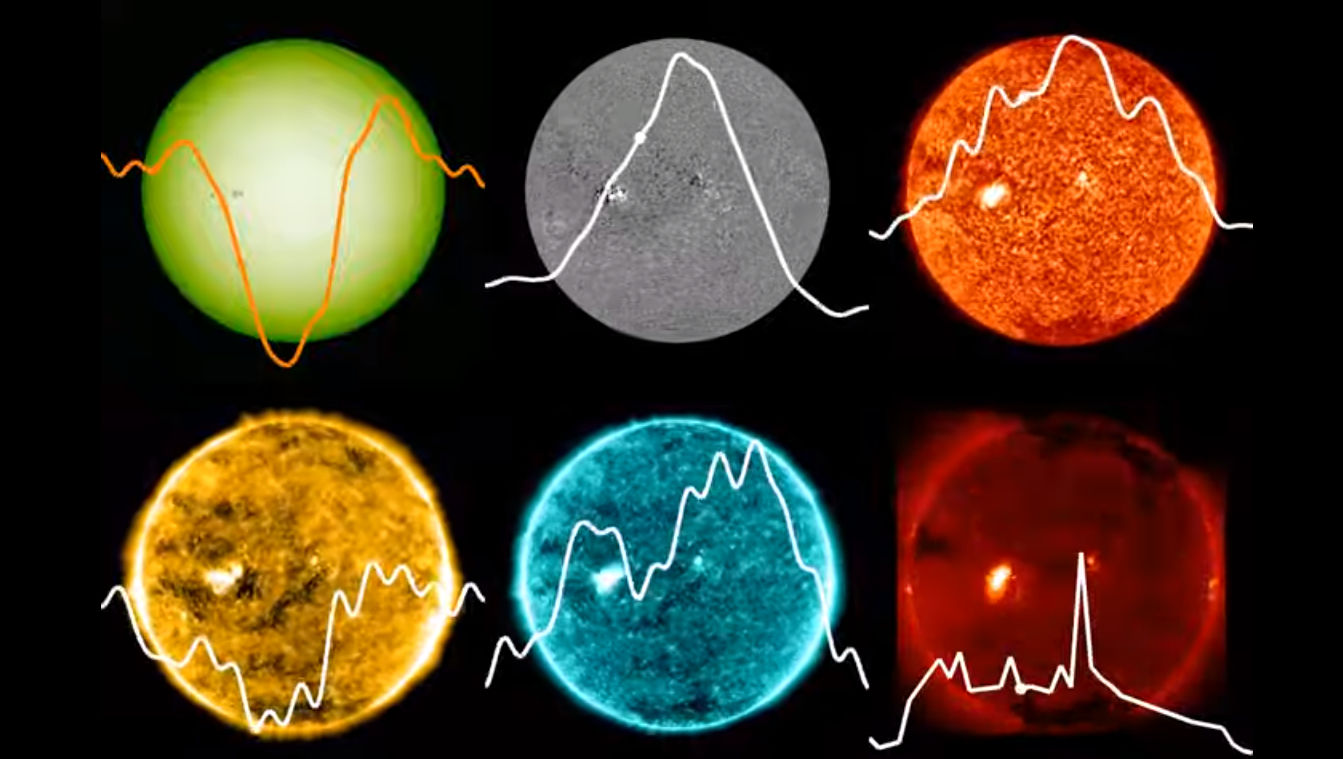The National Aeronautics and Space Administration (NASA), in
a new study through its extensive fleet of spacecraft, allowed scientists to
look at sunspots at low resolution as if they were trillions of miles away. The
Sunspots are darkened patches on the Sun caused by its magnetic field.
NASA, in an official statement, stated that the stimulated
view of distant stars, can help them understand stellar activity and the
conditions for life on planets orbiting other stars.
Also Read | India, world’s largest sulphur dioxide emitter, contributed 21% to global emissions: Report
“We wanted to know what a sunspot region would look like if
we couldn’t resolve it in an image,” said Shin Toriumi, lead author on the new
study and scientist at the Institute of Space and Astronautical Science at
JAXA.
“So, we used the solar data as if it came from a distant
star to have a better connection between solar physics and stellar physics,”
Toriumi added.
To see what a sunspot and its effect on the solar atmosphere
would look like on a distant star, the scientists started with high-resolution
data of the Sun from NASA’s Solar Dynamics Observatory and JAXA/NASA’s Hinode
mission.
Also read | NASA’s time-lapse video shows dying star 70 million light-years from Earth
“By adding up all the light in each image, the scientists
converted the high-resolution images into single datapoints. Stringing
subsequent datapoints together, the scientists created plots of how the light
changed as the sunspot passed across the Sun’s rotating face,” the statement
added.







